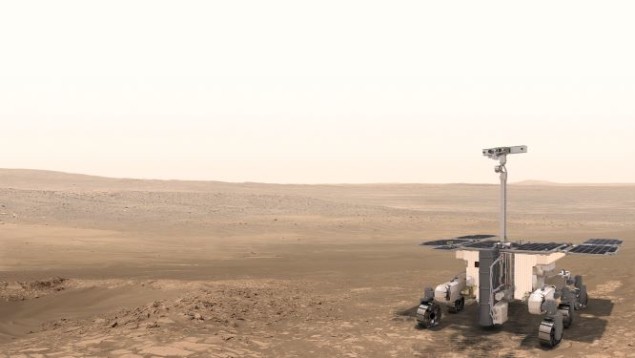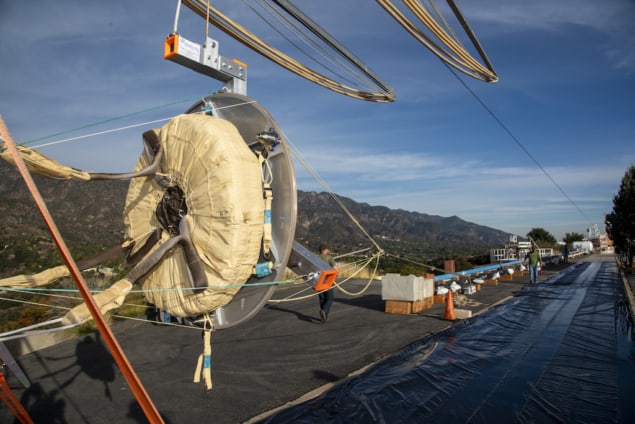
Europe’s Rosalind Franklin rover, which was set to begin its journey to Mars this summer, has had its launch postponed until 2022 amid parachute and electronics difficulties and uncertainty created by the COVID-19 pandemic.
The joint mission between the European Space Agency (ESA) and the Russian space agency Roscosmos, which is designed to seek out evidence of past life on Mars, has already experienced numerous delays during its long development. This latest postponement has been on the cards since tests of the rover’s parachute system, which is designed to safely land the spacecraft on Mars, ended in failure in August 2019.
“We’ve been racing against time in terms of getting everything ready,” says David Parker, director of human and robotic exploration at ESA. “And now we have the coronavirus issue, which is the straw that broke the camel’s back.”
During a meeting between the hierarchies of ESA and Roscosmos, officials decided to delay the launch to allow time for the problems to be fixed. The orbital dynamics of Earth and Mars mean that launch windows only open for a few weeks every two years, to take advantage of the two planets’ closest approach to one another. The mission will now launch sometime between August and October 2022, reaching Mars by April 2023 at the earliest.
A series of glitches
The problem with the parachutes is not the parachutes themselves, but the way that they deploy from inside their protective bags. “They are packed incredibly tightly,” says Parker. “It’s almost a dark art how they are packed.”
During previous “drop-tests”, the main 15m and 35m parachutes developed large tears as they deployed. This prompted a redesign of the protective bags, and two more drop-tests are scheduled for the end of March in the US. However, as coronavirus spreads and travel bans are put in place, these crucial tests are unlikely to happen in time.

Further complicating matters are troublesome glitches in the electronics units within the Russian lander, Kazachok, which will deploy Rosalind Franklin onto the surface and will carry 13 science instruments of its own. “One of the units will probably have to go back to Russia to be fixed,” says Parker. He adds that the current 14-day quarantine rules in place in Russia make it difficult for teams from Russia and European countries to be in the same place at the same time.
For the rover’s developers, it’s a frustrating, if understandable, development. Andrew Coates, who leads the science team on the rover’s panoramic camera (PanCam), points out that the extra time can be spent performing more simulations of how the rover will perform, with all nine instrument teams involved.
“This will still be a cutting-edge science mission in 2023, as it’s the only mission drilling two metres underneath the harsh surface of Mars and looking for biomarkers and life,” says Coates, a physicist in the Mullard Space Science Laboratory at University College London, UK. “We now just need to wait a bit longer.”



